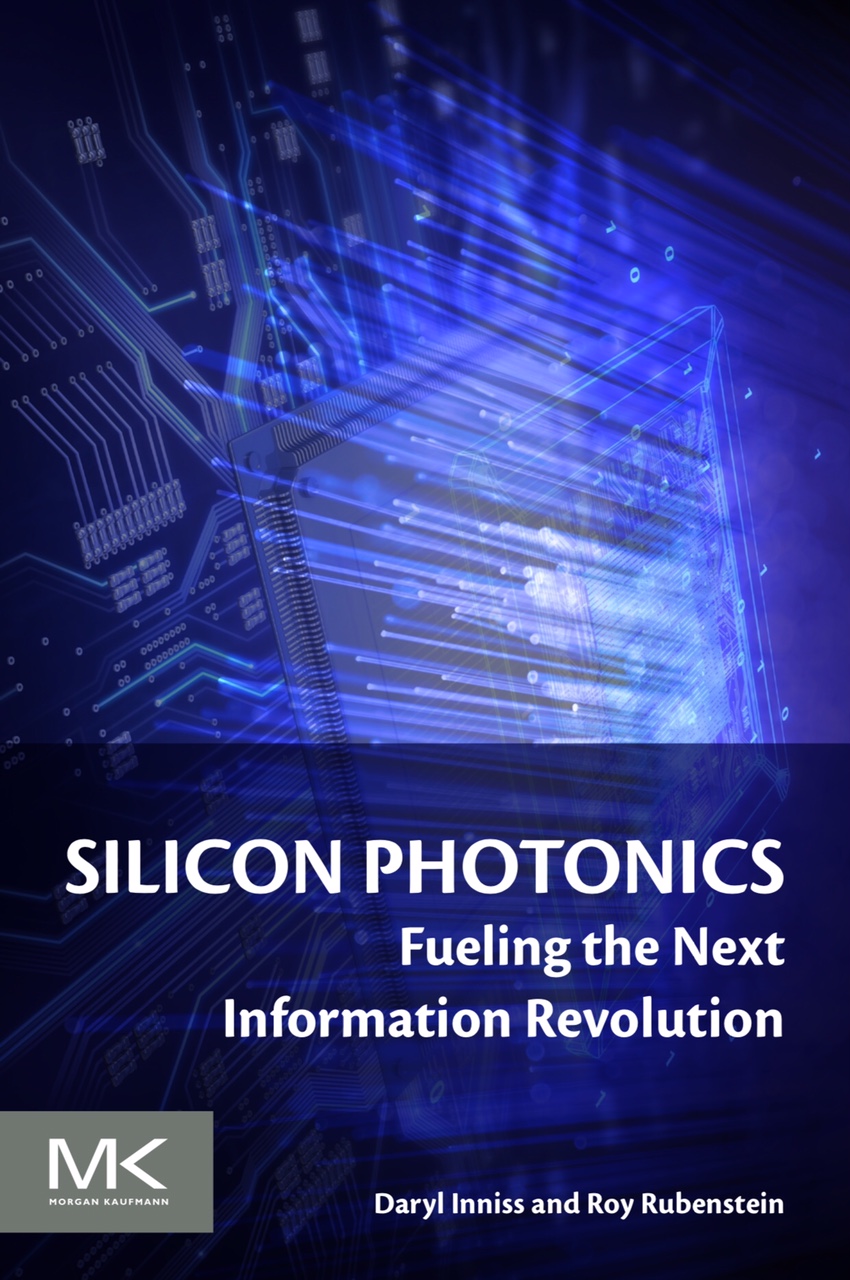Open ROADM gets deployed as work starts on Release 6.0
 Wednesday, October 2, 2019 at 4:04PM
Wednesday, October 2, 2019 at 4:04PM AT&T has deployed Open ROADM technology in its network and says all future reconfigurable optical add-drop multiplexer (ROADM) deployments will be based on the standard.
“At this point, it is in a single metro and we are working on a second large metro area,” says John Paggi, assistant vice president member of technical staff, network infrastructure and services at AT&T.
 Shown are the various elements included in the disaggregated Open ROADM MSA. Also shown is the hierarchical SDN controller architecture with the federated controllers overseeing the optical layer and the multi-layer controller overseeing the path creation across the layer, from IP to optical. Source: Open ROADM MSA
Shown are the various elements included in the disaggregated Open ROADM MSA. Also shown is the hierarchical SDN controller architecture with the federated controllers overseeing the optical layer and the multi-layer controller overseeing the path creation across the layer, from IP to optical. Source: Open ROADM MSA
Meanwhile, the Open ROADM multi-source agreement (MSA) continues to progress, with members working on Release 6.0 of the standard.







